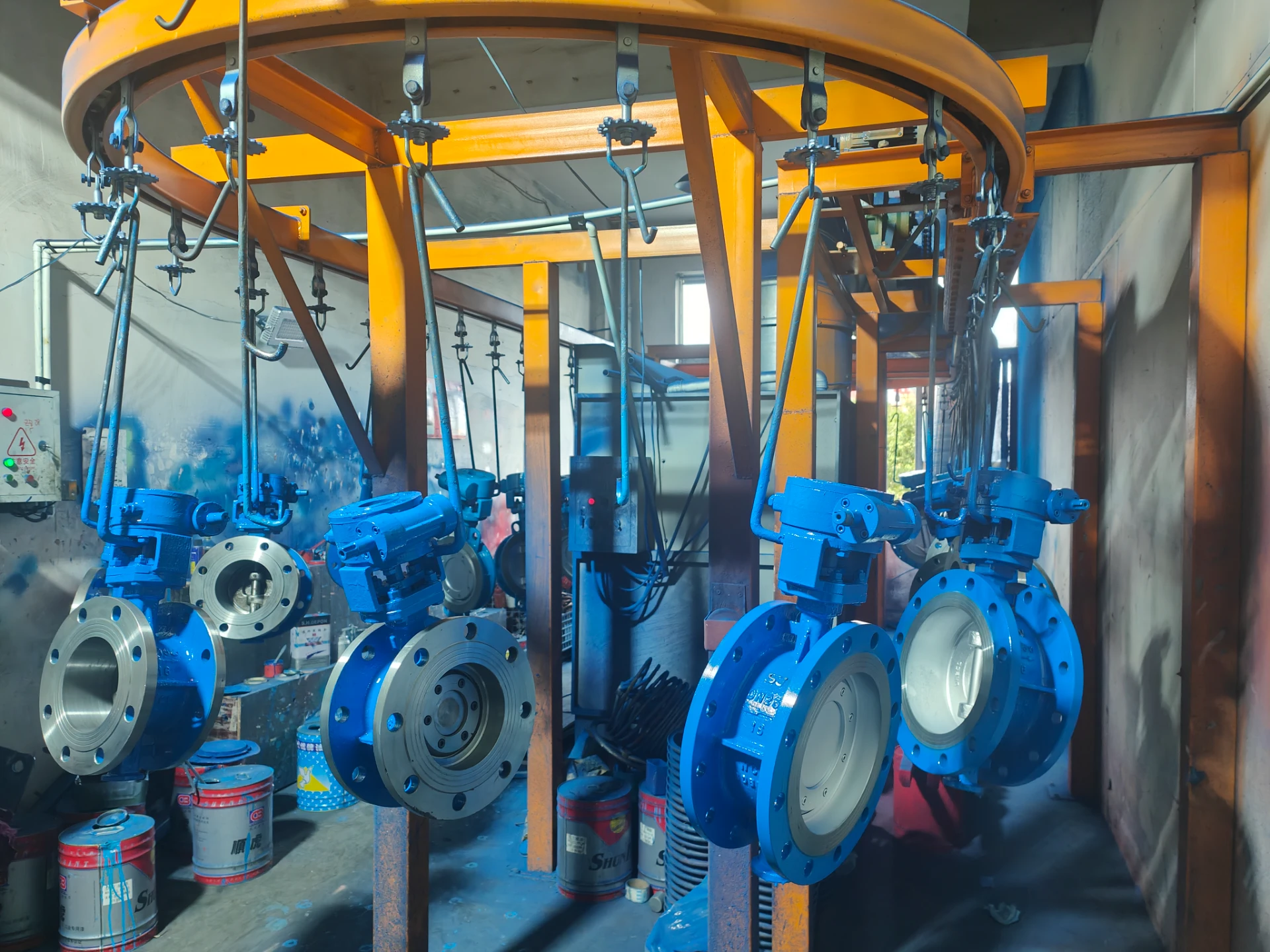feb . 05, 2025 04:52
Back to list
Q11f-16p Stainless Steel Two-piece Ball Valve
The butterfly valve, an essential component in various industrial applications, serves as a fundamental part of controlling and regulating flow in piping systems. Standing out in the vast landscape of valve types, the butterfly valve's design and functionality provide distinct advantages that cater to both operational efficiency and cost-effectiveness.
The role of material selection in butterfly valves cannot be overstated. The choice of materials for the valve body, disc, and seat directly influences performance, longevity, and suitability for different types of media. Common materials include stainless steel, carbon steel, and various alloys, each chosen based on factors such as corrosion resistance, temperature tolerance, and pressure handling. Butterfly valves find applications across multiple industries, from water distribution systems, oil and gas pipelines, chemical processing, to food and beverage manufacturing. Their adaptability to different media, including liquids, gases, and semi-solids, highlights their versatility. In the realm of automation, butterfly valves have taken a pivotal role due to their compatibility with electric and pneumatic actuators. Automation facilitates precise control over fluid flow, elevating efficiency, reducing manual intervention, and enhancing safety. Organizations leveraging butterfly valves in automated systems enjoy increased consistency and reliability in their operations. The safety aspect associated with butterfly valves is paramount. The simplicity of their design reduces risk factors associated with complex mechanical failures. Additionally, innovations such as wear-resistant coatings and advanced sealing technologies further contribute to their durability and reliability, ensuring trusted performance even in safety-critical environments. Implementing butterfly valves requires an understanding of system parameters, including pressure ratings, temperature ranges, and media compatibility. Engaging with experienced professionals ensures optimal selection and integration, aligning valve features with specific operational needs. Proper installation and regular maintenance, including routine inspections and cleaning, maximize service life and performance while preventing unscheduled downtimes. In conclusion, butterfly valves exemplify an ideal blend of efficiency, reliability, and cost-effectiveness in fluid control systems. Their varied designs accommodate a broad spectrum of industrial uses, demonstrating the capacity to handle everything from straightforward applications to complex, high-pressure scenarios. As industries continue to seek solutions that offer precision, safety, and sustainability, the butterfly valve remains a key component in the evolution of fluid control technology. The integration of expertise, authoritativeness, and trustworthiness in understanding their function and application ensures that organizations can make knowledgeable decisions, enhancing productivity and operational excellence.


The role of material selection in butterfly valves cannot be overstated. The choice of materials for the valve body, disc, and seat directly influences performance, longevity, and suitability for different types of media. Common materials include stainless steel, carbon steel, and various alloys, each chosen based on factors such as corrosion resistance, temperature tolerance, and pressure handling. Butterfly valves find applications across multiple industries, from water distribution systems, oil and gas pipelines, chemical processing, to food and beverage manufacturing. Their adaptability to different media, including liquids, gases, and semi-solids, highlights their versatility. In the realm of automation, butterfly valves have taken a pivotal role due to their compatibility with electric and pneumatic actuators. Automation facilitates precise control over fluid flow, elevating efficiency, reducing manual intervention, and enhancing safety. Organizations leveraging butterfly valves in automated systems enjoy increased consistency and reliability in their operations. The safety aspect associated with butterfly valves is paramount. The simplicity of their design reduces risk factors associated with complex mechanical failures. Additionally, innovations such as wear-resistant coatings and advanced sealing technologies further contribute to their durability and reliability, ensuring trusted performance even in safety-critical environments. Implementing butterfly valves requires an understanding of system parameters, including pressure ratings, temperature ranges, and media compatibility. Engaging with experienced professionals ensures optimal selection and integration, aligning valve features with specific operational needs. Proper installation and regular maintenance, including routine inspections and cleaning, maximize service life and performance while preventing unscheduled downtimes. In conclusion, butterfly valves exemplify an ideal blend of efficiency, reliability, and cost-effectiveness in fluid control systems. Their varied designs accommodate a broad spectrum of industrial uses, demonstrating the capacity to handle everything from straightforward applications to complex, high-pressure scenarios. As industries continue to seek solutions that offer precision, safety, and sustainability, the butterfly valve remains a key component in the evolution of fluid control technology. The integration of expertise, authoritativeness, and trustworthiness in understanding their function and application ensures that organizations can make knowledgeable decisions, enhancing productivity and operational excellence.
Latest news
-
Breakthrough in Domestic Low Temperature Valve Technology in ChinaNewsAug.18,2025
-
From Machinery to Intelligent Brain: The Digital Transformation Wave of the Valve IndustryNewsAug.18,2025
-
PCVEXPO 2025NewsAug.18,2025
-
The Key to Fluid Control: Exploring the Advantages of Ball Valves in Industrial SystemsNewsJul.09,2025
-
The Versatile World of 1, 2, and 3 Piece Ball ValvesNewsJul.09,2025
-
Stainless Steel Ball Valves: The Ideal Choice for Efficient Flow ControlNewsJul.09,2025
-
Optimizing Fluid Control with Ball Float ValvesNewsJul.09,2025




